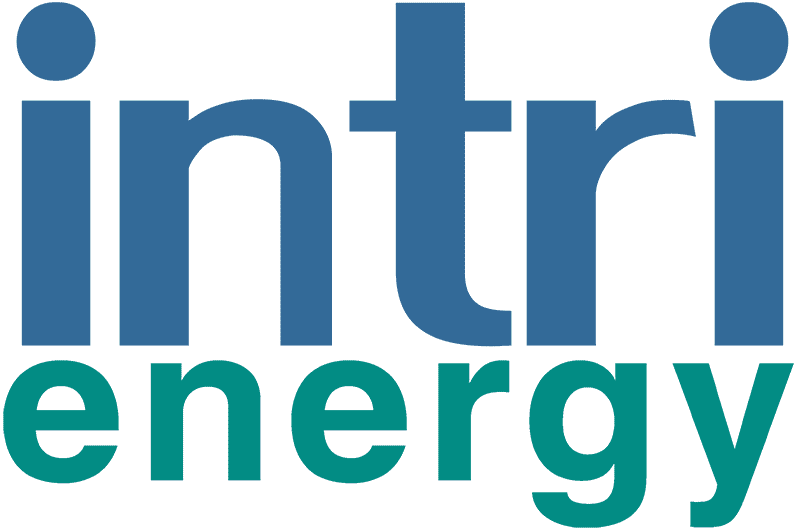IntriEnergy Newsletter – March 2023
- IntriEnergy

- Mar 20, 2023
- 2 min read
D·ARK Project

Diamond like carbon anti-reflective coating that traps 100% of the sun’s photons, creating up to 10% increase in energy yield.
Our last newsletter communicated we were in discussions with a leading university in the science of solar energy with a commercial solar cell manufacturing pilot line. We are pleased to announce an agreement has been signed with Georgia Institute of Technology (GIT), Center for Photovoltaic Research and the project is underway. The goal of the project is to validate the D·ARK technology, ultimately producing commercial size solar cells utilizing IntriEnergy’s D·ARK technology.
Initial results indicate GIT was able to replicate results of the previous work undertaken by Dr. Gaspari in the lab as shown in the illustration on the right, which is good news. Over the coming eight months, ongoing applied research, materials modeling, and feedback will be undertaken to achieve consistent, optimum results in a commercial environment. |  |
IntrinSiC Project

In the last newsletter we outlined the experimental demonstration of the capability of the silicon carbide layer to absorb light and convert that light into electricity and showed that such process can be tuned according to needs. We have now entered the Engineering Design Phase.
During this phase, we are exploring optimization of the device with the objective of investigating the influence of individual parameters and the effect of a bandgap grading on the performance of the device, made possible using a-SiC:H layer.
We have accomplished SiC material depositions with targeted photon wavelengths not absorbed by traditional solar cells. This is has resulted in 12 novel parameters absorbing a very broad sun spectrum.
This work is being accelerated as the result of a modeling collaboration between IntriEnergy, National Research Institute of Italy, Bologna and Universitat Politècnica de Catalunya (UPC), Barcelona, Spain. The modeling allowed IntriEnergy to investigate the individual influence of relevant material and device properties over a broad range of values deemed realistically achievable for increased PV cell energy. The modeling demonstrated that the aforementioned individual variation of material parameters achieves the desired increase in performance and is aligned with our milestone targets and timing.
We will continue to keep you informed of our progress on these projects over the coming months.
Sincerely,
Jackie Coffey, CEO




PolyU student comes